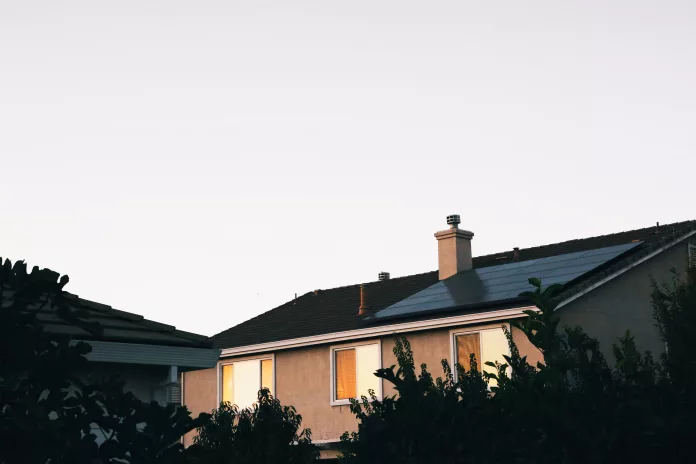The Biden-Harris Administration is making strides in renewable energy access by connecting low-income families to community solar projects. This initiative is the result of a collaboration between the Department of Energy (DOE) and Health and Human Services (HHS), unveiling the Clean Energy Connector, a tool that aims to bridge the clean energy gap for households across America.
Lowering Energy Bills with Community Solar
The launch of the Clean Energy Connector aims to provide around 40,000 low-income households in New Mexico, Illinois, and Washington, D.C., with the opportunity to reduce their energy expenses through solar energy. As part of the administration’s commitment to Justice40 and clean energy objectives, the program focuses on equitable distribution of renewable resources.
U.S. Energy Secretary Jennifer M. Granholm emphasizes the potential impact on households, which can anticipate not only cost savings but also the environmental and health benefits associated with solar power. Furthermore, HHS Secretary Xavier Becerra highlights the economic security that this initiative will deliver to families, building on the current support that LIHEAP offers for essential heating and cooling needs.
Strong Support from Local Governments
Governors and mayors of the participating regions are acknowledging the importance of inclusivity in the clean energy transition. Illinois Governor JB Pritzker, New Mexico Governor Michelle Lujan Grisham, and Washington, D.C. Mayor Muriel Bowser express their commendation of the program, underscoring the necessity of making solar feasible for all families, especially those most impacted by energy costs.
The Impact and Future Potentials
The significance of the Clean Energy Connector is profound, with the potential to extend $370 in annual savings per household. The software, developed by the National Renewable Energy Laboratory, is a meticulous platform that ensures providers adhere to strict consumer protection and savings guidelines.
States interested in the program are invited to a DOE webinar on April 10 to learn how they can participate. With advisory support from various associations, the Connector has been fine-tuned to meet the needs of communities and align with state energy policies.
Facts from NREL show the untapped potential of community solar. There is enough viable capacity to serve millions of households and businesses lacking access to rooftop solar, illustrating an opportunity for the U.S. to harness nearly 1 terawatt of community solar power.
This pilot program marks a significant step towards a clean energy future that is both equitable and far-reaching, ensuring those who have traditionally been sidelined in the energy conversation can now also reap the benefits of America’s renewable energy landscape.

























